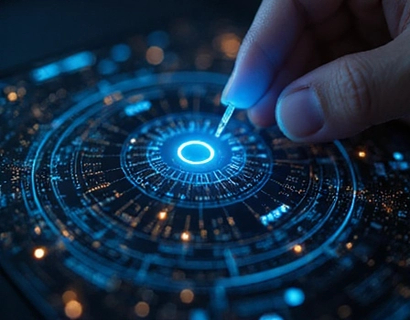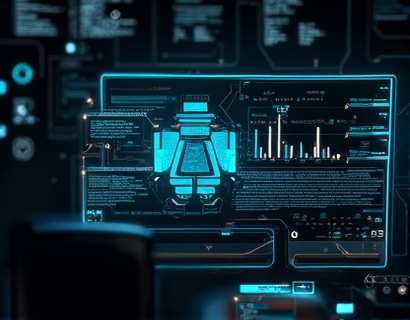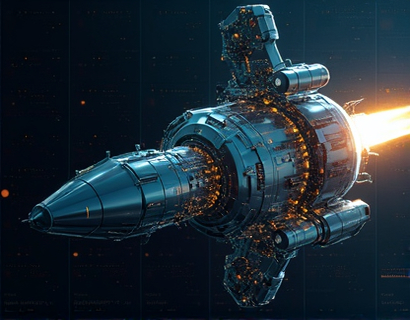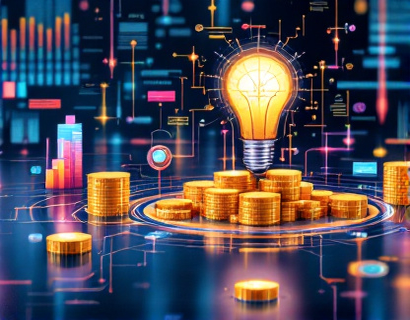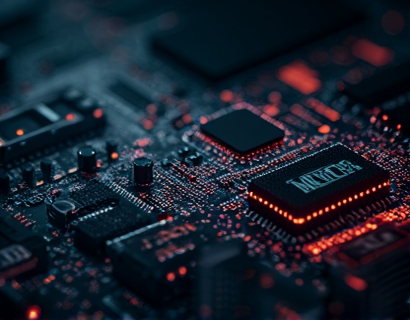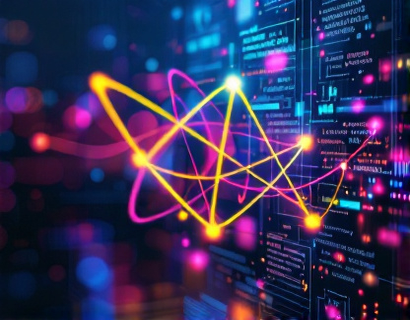Decentralized Innovation: Harnessing AI and Crypto for Next-Gen Digital Transformation
The intersection of artificial intelligence and cryptocurrency is giving birth to a new era of digital transformation, one that promises to redefine how we interact with technology and each other. This transformative journey is not just about adopting new tools but about creating an ecosystem where decentralized applications and services thrive, enhancing user experience and engagement in unprecedented ways. At the heart of this revolution are cutting-edge solutions that leverage the strengths of both AI and crypto to build a more inclusive, secure, and efficient digital world.
Understanding Decentralized Innovation
Decentralized innovation refers to the development and implementation of technologies and services that operate without a central authority or intermediary. This approach is fundamentally different from traditional centralized systems, where control and decision-making are concentrated in the hands of a few. By distributing power across a network, decentralized systems enhance transparency, security, and resilience. When combined with AI and crypto, the potential for innovation becomes even more profound.
AI in Decentralized Ecosystems
Artificial intelligence plays a crucial role in decentralized ecosystems by enabling smarter, more autonomous systems. AI algorithms can process vast amounts of data from decentralized networks, identifying patterns and making predictions that enhance decision-making processes. For instance, in decentralized finance (DeFi), AI can optimize trading strategies, manage risks, and personalize financial services to individual users. This synergy not only improves efficiency but also opens up new possibilities for innovation.
Crypto as a Foundation for Decentralization
Cryptocurrency serves as the backbone of decentralized ecosystems, providing a secure and transparent medium for transactions. Blockchain technology, the underlying infrastructure of crypto, ensures that all transactions are immutable and verifiable, reducing the need for intermediaries. This not only lowers costs but also increases trust among users. The use of smart contracts on blockchain further automates and enforces agreements, making decentralized applications more reliable and user-friendly.
Enhancing User Experience through Decentralized Applications
Decentralized applications (dApps) are redefining user experience by putting control back in the hands of the users. Unlike traditional apps that rely on centralized servers, dApps operate on decentralized networks, giving users greater autonomy and privacy. For example, decentralized social media platforms allow users to own their data and interact without the constraints of centralized moderation. This not only enhances user engagement but also fosters a more open and democratic digital environment.
Case Studies of Decentralized Innovation
Several projects are already demonstrating the power of combining AI and crypto in decentralized ecosystems. One notable example is a decentralized marketplace that uses AI to match buyers and sellers based on real-time demand and supply data. The platform employs smart contracts to ensure secure transactions and AI-driven chatbots to provide customer support, creating a seamless and efficient trading experience.
Another case is a decentralized healthcare system that leverages AI to analyze medical data from various sources, providing personalized health recommendations to users. The system uses blockchain to secure patient data and ensure privacy, while AI algorithms optimize the analysis and decision-making process. This not only improves healthcare outcomes but also empowers patients to take control of their health data.
Challenges and Considerations
While the potential of decentralized innovation is vast, there are several challenges that need to be addressed. Scalability remains a significant issue, as many blockchain networks struggle to handle high volumes of transactions efficiently. Additionally, regulatory uncertainties and the need for standardization can hinder widespread adoption. However, ongoing research and development are continually addressing these challenges, paving the way for more robust and user-friendly decentralized solutions.
Future Prospects
The future of decentralized innovation is bright, with AI and crypto set to drive further advancements. As technology evolves, we can expect more sophisticated dApps that integrate AI to provide even more personalized and intelligent services. The convergence of these technologies will likely lead to the creation of entirely new industries and business models, transforming how we live and work. The key will be to foster collaboration between tech innovators, policymakers, and users to ensure that the benefits of decentralized innovation are widely shared.
Conclusion
Decentralized innovation, powered by AI and crypto, is revolutionizing the digital landscape. By creating ecosystems that prioritize user control, transparency, and efficiency, we are unlocking new possibilities for growth and engagement. As we continue to explore and develop these cutting-edge solutions, the potential for positive impact is immense. Embracing this transformation is not just about keeping up with the times but about shaping a future where technology serves humanity in the most meaningful ways.



